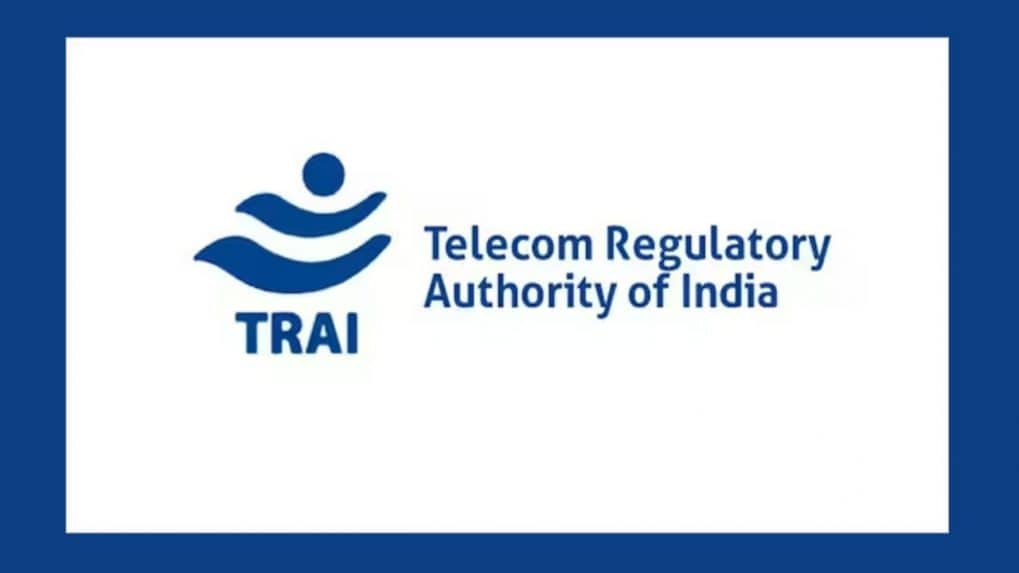TRAI responds to DoT's back-reference; reasserts mandatory Digital Ratings for in-building connectivity
In its response to the back-reference received from DoT in respect of the TRAI's recommendations on "Rating of Buildings or Areas for Digital Connectivity", the telecom regulator has advocated for mandatory infrastructure standards and rating systems to boost in-building digital connectivity for 5G and beyond.
ADVERTISEMENT
The Telecom Regulatory Authority of India (TRAI) has issued its response to the back-reference dated March 19, 2025 received from Department of Telecommunications (DoT) in respect of the TRAI's recommendations dated February 20, 2023 on "Recommendations on Rating of Buildings or Areas for Digital Connectivity".
In its response, on May 22, TRAI has reaffirmed its stand on mandatory in-building digital connectivity infrastructure (DCI) and ratings, responding comprehensively to DoT pushback on several key recommendations. TRAI's recommendations sought to integrate DCI as a core component of building codes, propose mandatory digital ratings for public buildings, and empower property managers to own and maintain internal connectivity systems.
TRAI has insisted that all Central Government buildings of public importance—including airports, railway stations, and large commercial complexes—must mandatorily undergo digital connectivity rating within one year of occupancy certification. It argued this would set a benchmark and encourage adoption across private and state sectors.
"The Authority noted that confluence of the Internet of Things (JoT) with building operations and the future of the workplace is creating a significant opportunity for building owners, operators, and occupants to create smart, digitally connected spaces to support the end users. To fulfil such demand, development of DCI should be made an integral part of basic infrastructure for Buildings. However, there are various issues in the current framework which are bottlenecks in achieving the demands of good digital connectivity," TRAI said.
Read more: TRAI releases draft manual for rating properties based on digital connectivity
Drawing parallels with water and electricity, TRAI reaffirmed that DCI should be considered a basic necessity in building development plans and made mandatory under Model Building Bye-Laws (MBBL) and the National Building Code.
Rejecting DoT’s suggestion to replace the term "Digital" with "Telecommunication," TRAI asserted that the digital nomenclature more accurately reflects current and future convergence of technologies and services.
"The technologies used for digital communications have also changed greatly over the past few years. Telecommunication network architecture is also changing to meet new requirements for a number of new technologies and services/applications viz. 5G, massive Internet of things, Artificial Intelligence, Augmented/Virtual Reality, Metaverse, etc. Information Communication Technology (ICT) systems which were earlier confined to telecommunication services are now converging wherein the thin line differentiating telecommunications and other services is blurring very rapidly. All these services are now converging into digital services which encompass telecommunications, broadcasting and various other associated services using data as carrier. Data growth is exploding globally and in India as per TRAI reports, the average monthly data usage per user in India has increased almost 17 times over the past 7 years.
Home consumption of data has therefore grown exponentially. According to some estimates, almost 85% of data traffic and 70% voice of traffic are now generated indoors."
The Authority further noted that the ‘National Digital Communications Policy (NDCP) – 20186’ aptly captures the need for the use of term ‘Digital Communication’.
The regulator maintained that property managers should be responsible for deploying and maintaining DCI, ensuring fair and non-discriminatory access to all telecom service providers—critical to eliminate monopolies and improve indoor coverage.
Further, for buildings constructed before DCI regulations, TRAI urged voluntary compliance and upgrades, with phased support from states and technical guidance from national institutions.
India’s rapid digital transformation has been hampered by patchy in-building connectivity—especially as 5G rollout intensifies. High-frequency bands that support 5G and future 6G networks struggle with penetration through dense materials used in urban construction, making indoor infrastructure crucial. TRAI’s original 2023 report and subsequent “Rating of Properties for Digital Connectivity Regulations, 2024” aimed to address this by introducing a structured digital rating mechanism akin to green building certifications.
However, DoT had flagged concerns around legal compatibility, licensing constraints, and the use of terminology, resulting in a partial acceptance and a referral of contested recommendations.
Through its response, TRAI has stressed that excluding active infrastructure from DCI would defeat the purpose of seamless service delivery. It also highlighted global precedents where in-building solutions are treated as critical, lightly regulated infrastructure to encourage wider adoption and innovation.
"Once the digital connectivity ratings of Government buildings are made available in public domain, the consumers will start demanding ratings for properties developed by private property developers. Thus, the mandatory rating of Govt. buildings may act as a catalyst to improve digital connectivity inside the buildings in the country.
In respect of projects/properties of State Govt. or private developers, it may be left to the State Govt. to decide whether to make the rating of buildings voluntary or mandatory for different category of buildings through their respective building byelaws," the Authority said.


